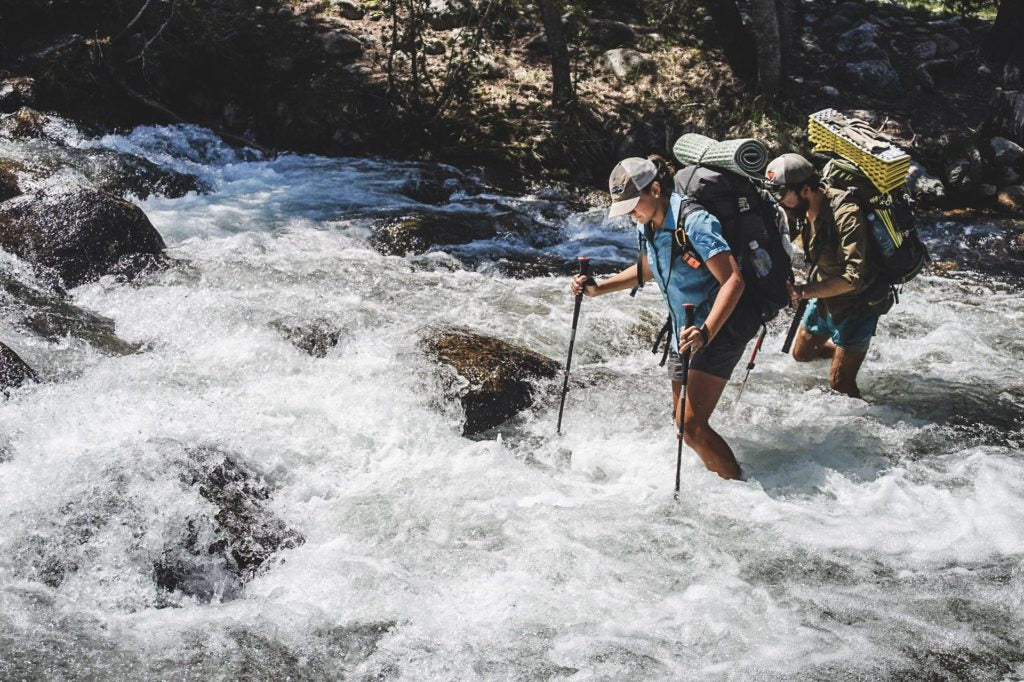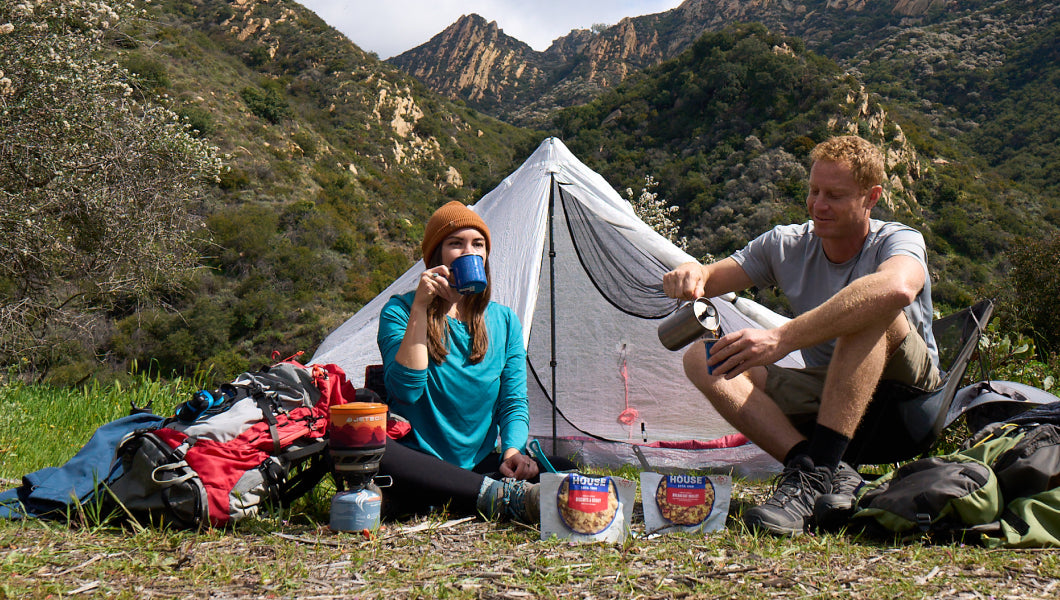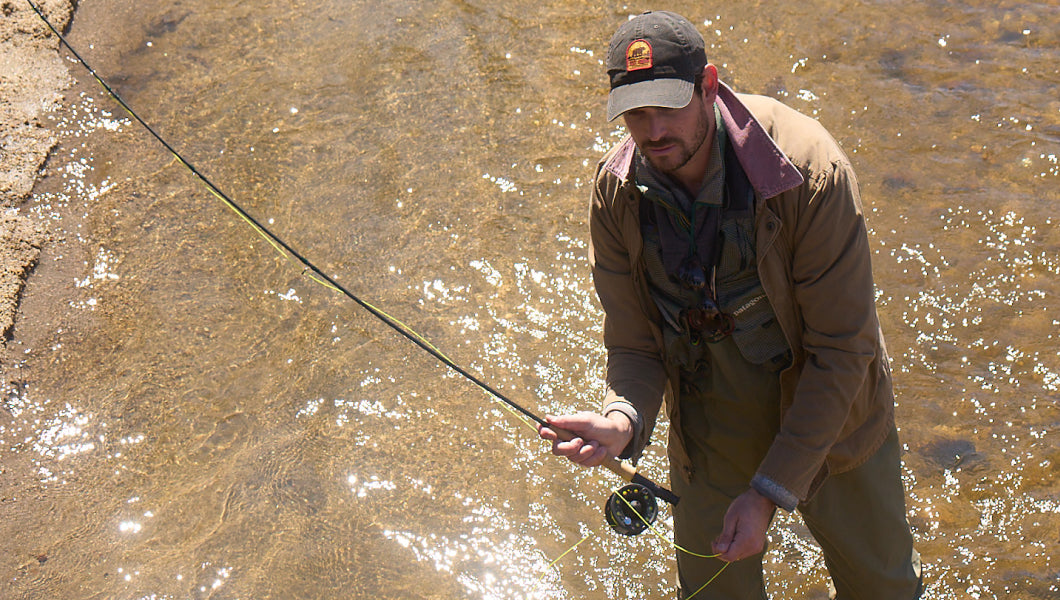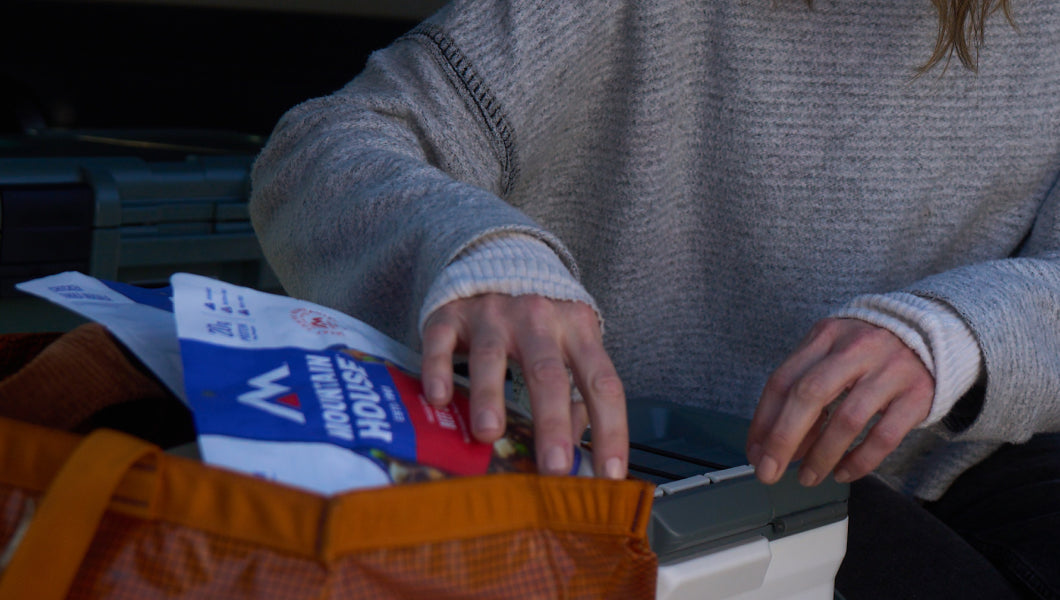Inspired for an Adventure? Check out Beef Stroganoff - Pouch and Beef Stew - Pouch
Add description, images, menus and links to your mega menu
A column with no settings can be used as a spacer
Link to your collections, sales and even external links
Add up to five columns
Add description, images, menus and links to your mega menu
A column with no settings can be used as a spacer
Link to your collections, sales and even external links
Add up to five columns


It was a long, gnarly winter in many parts of the country, but spring is most definitely here and undoubtedly singing a very sweet siren song to any and all outdoors-folks. It’s an exciting time to get into the backcountry, whether on skis or snowshoes or along hiking trails that have thawed out. The days are lengthening, the angle of the Sun is increasing for warmer weather, and the intoxicating phenological signs of the season are unfolding: north-bound flocks of waterfowl, melodious songbirds in the budding thickets, frog choruses from the marshes and hollows, wildflowers starting to strut their stuff amid lingering winter grays and browns. With spring backcountry adventure opportunities in abundance, a safety reminder is imperative.

It’s awesome to drink all of this in on shoulder-season backpacking, ski-touring adventures, or spring break backcountry hikes - not least because there’s still plenty of solitude to be had out there ahead of the summer crush. But the elements in spring are nothing to take lightly: Appealing as they are, these vernal months can also be especially challenging for safely and efficiently navigating the wilderness.
So as you pack for some early spring backcountry camping - deciding, for example, which Mountain House meals you want to enjoy at the campsite - here are a few fundamentals of seasonal safety worth keeping in mind.
Spring Avalanches
In the high mountains, there’s (hopefully) still plenty of snow piled up, ready to steadily melt across the weeks and months to feed the rivers and make farmers, anglers, and rafters happy.
The gradual break-up of the mountain snowpack and the back-and-forth spring weather that spurs it along translate to significant avalanche risk this time of year. And with more and more people heading into the alpine for spring backcountry skiing or climbing to take advantage of burgeoning daylight, warmer temperatures, and bluebird skies, that means plenty of exposure to said risk.

Lots of weather ingredients go into the spring-avalanche recipe: intensifying sunlight dismantling crusts that have been binding together weak layers in the snowpack, surface meltwater and spring rains infiltrating and greasing up snow slabs, temperatures cycling above and below freezing in combination with heavy snowstorms or mixed rain/snow priming a snowpack with precarious and overloaded layers, collapsing cornices along ridgelines triggering slides on the slopes below - and so on.
Pay very close attention to weather reports and definitely any forecasts issued by local avalanche centers, and scheme out your route accordingly. (Be ready to scuttle your plans, too, if need be.) Things are dynamic this time of year: For example, a rain-on-snow event such is common in spring will often (depending on the consistency of the snowpack) quickly triggers “sluffs” and wet-slab avalanches - a foolhardy time to be trekking. But after a day or two, the rained-on snowpack is likely to have stabilized, having shed slides and developed larger grains and subsurface drainage channels.
A general rule of thumb is that north-facing mountainsides tend to be safer to traverse in springtime, all else being equal, than south-facing ones. That’s because the south aspects get more sun and warm up more quickly, and are therefore more prone to wet-snow avalanching, especially early in the season, than the colder, more shaded, more stable north-facing slopes. (The opposite is true earlier in the winter, when more sun on south-facing slopes allows their snowpacks to stabilize more quickly, while north-facing snowpacks remain unconsolidated and weaker longer.)
If you’re heading into the snowy spring mountains, heed the forecast, learn how to recognize the relative avalanche risk of different kinds of terrain, carry avalanche safety equipment, and don’t travel alone!
(You can learn some other avalanche basics in our Mountain House "Avalanche Safety" blogpost; we also recommend boning up at Avalanche.org, presented by the American Avalanche Association and the National Avalanche Center.)
High Water
One of the most exhilarating sights (and sounds) of spring is a meltwater-fueled creek or river running at full, glorious flow. That can also be one of the most frightening sights if the stream happens to lie across your travel route.
Snowmelt and spring rainstorms can turn modest-sized creeks that are easily hopped or splashed across in summer or fall into hazardous torrents, and many a larger river into a completely impassable barrier. In many areas, certain trails are effectively off-limits this thaw-out time of year because of this.
We’ve written a basic primer on stream-crossings worth refreshing yourself on: Take a look here. The main point is to do your homework and find out in advance which spring routes may be too dangerous to attempt this time of year, inquire about current and projected stream levels, and watch the forecast carefully. Heavy rains on already-saturated watersheds or rapid spikes in temperature leading to rapid snowmelt can raise stream levels to a dangerous degree in short order, potentially trapping you until the discharge subsides.

Springtime Storms
Spring weather can throw everything but the kitchen sink at you. Especially in northern areas and at higher elevations, blizzards, and dumping snowfalls may give Old Man Winter an encore performance or two even late in the season. Insulating clothing and the ability to erect or build an emergency shelter are musts (check out our tips on snowstorm safety).
For much of the country, meanwhile, this is also the kickoff to thunderstorm season, what with springtime’s volatile weather fronts and convection-inducing heating. Particularly in the central and eastern U.S., tornadoes are also a very real possibility. Beware of high winds (and falling trees), pelting hail, and certainly lightning, the danger of which is way too frequently underestimated even by experienced hikers and campers.
Once again - are you noticing the strong theme here? - check the forecast before you hit the trail.
Cold Temperatures
Sure, the mercury’s headed in the right direction, but spring can certainly still brew up some mighty frigid temperatures. A cold snap can make it feel just like early February again; plentiful snow cover can turn your backcountry ski camp into a freezer box in the middle of a clear spring night.
So be sure to pack for cold weather, with insulating layers (forget that cotton long underwear!), a winter hat, and gloves/mittens, and make sure you have the Ten Essentials in your pack - including the means to make an emergency fire if need be.
Enjoy Some Spring Adventures in the Great Outdoors
Pack with the proper gear and spring backcountry safety essentials, monitor the forecast before and during your trip, and practice some basic wilderness common sense, and the spring backcountry can be a fabulous playground. Here's to happy springtime exploring fueled by your sense of adventure and plenty of Mountain House!


Easy No-Cooking-Required Camping Meals to Try

What Types of Snacks to Bring for Long & Short Hikes


Stay Hungry for Adventure
Sign Up for Delicious Outdoor Meals & Exclusive Offers!
By clicking ‘Join Now’, I agree to the Terms of Service and Privacy Policy.


Join the adventure
©2024 Mountain House — All Rights Reserved.
Your Cart is Empty
Continue ShoppingYour Cart
Subtotal
$0.00
EXPRESS PAYMENT METHODS AVAILABLE IN CHECKOUT
Taxes and Shipping Calculated at Checkout














